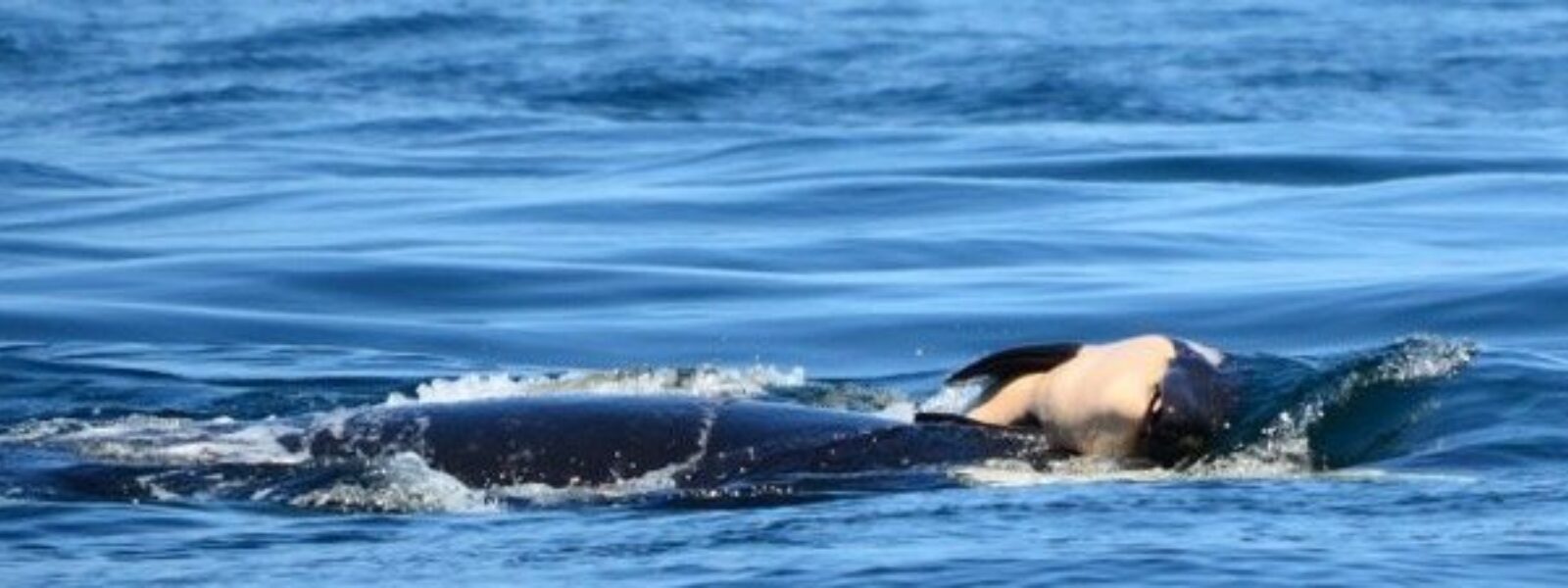

Experts are agreed that the Pacific Northwest resident orca population is in deep trouble. The orca numbers are down to only 75 individuals; birthrates are virtually nil, as even those few baby orcas that have been born have died over the past three years.
On Tuesday, August 7th, the Task Force on orca recovery and sustainability established by Washington state Governor Jay Inslee is meeting all day to discuss options for the orcas.
Two important steps that the Governor and state of Washington should take stand out:
1. Several dams on the Snake River need to be breached in order to re-establish abundant Chinook salmon populations. Most orcas that are dying show signs of severe food stress – they are not getting enough salmon to eat.
2. The state must work to reduce the toxic load of pollutants found in the Puget Sound environment. This means identifying sources of the toxins and taking steps to end their leaching into the water, as well as finding ways to reduce run-off from streets and other sources of toxins.
An orca mother is bringing the plight of the orcas to the attention of the world. For days, she has tragically carried around her dead baby, keeping it at the surface. Other orcas in her pod have been taking part in this apparent ritual as well.
Some feel this is a plaintive message to the world. Others concur that it is clear evidence that orcas can mourn the loss of a dead baby or friend, a very human emotion that many animals, despite our differences, exhibit.
The Governor’s Task Force is taking in public comment on what should be done to help the orcas.
DEADLINE for COMMENTS IS TODAY for Tuesday’s meeting. So go there immediately to comment.
Urge them to recommend the Governor breach the dams on the Snake River and take action to restore Chinook salmon spawning streams that have been degraded.
Urge them to take clear steps to reduce the toxic load of Puget Sound waters.
Thanks for your help!